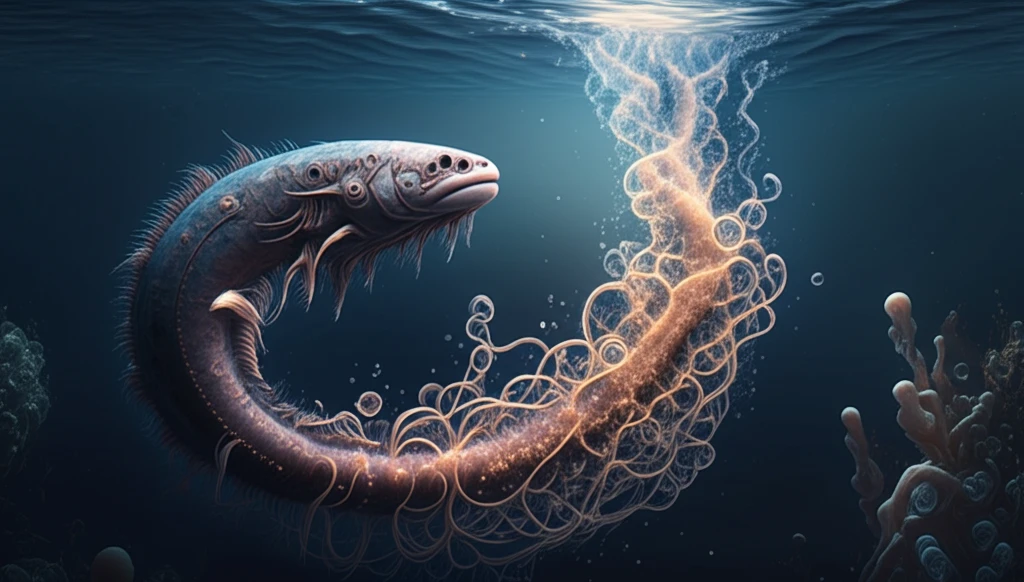
Hagfish Slime: The Unlikely Bio-Material Inspiring Future Tech
"Scientists discover the secrets behind hagfish slime's unique properties, opening doors for innovative materials and bio-inspired designs."
In the depths of the ocean, the hagfish employs a peculiar yet effective defense mechanism: slime. When threatened, these eel-like creatures release a gelatinous substance that quickly expands in seawater, creating a sticky, voluminous barrier against predators. This slime has fascinated scientists for its unique material properties, especially its ability to maintain its structure and function even when significantly diluted.
Recent research has shed light on the concentration-independent mechanics and structure of hagfish slime, revealing how this natural hydrogel maintains its remarkable viscoelastic properties across a wide range of concentrations. This discovery has significant implications for material science, offering insights into designing new engineered materials with robust and adaptable characteristics.
This article delves into the groundbreaking findings about hagfish slime, exploring its composition, mechanical behavior, and potential applications. We'll uncover how this seemingly simple substance could revolutionize industries from personal defense to sustainable materials, offering a fascinating example of bio-inspired innovation.
What Makes Hagfish Slime So Special?

Hagfish slime isn't just any ordinary goo. Its defense mechanism is particularly impressive because hagfish can't precisely control the slime's concentration once it's released into the surrounding water. Instead, they eject a concentrated material that rapidly mixes with seawater to form a dilute, sticky, and cohesive gel.
- Thread Cells: These cells contain coiled intermediate filament-based fibers that unravel upon contact with seawater, forming long, strong threads.
- Mucous Vesicles: These vesicles contain glycoproteins that swell and rupture in seawater, creating a gel-like matrix that surrounds and supports the threads.
The Future of Materials is Slimy?
The study of hagfish slime offers a compelling example of how nature can inspire innovative solutions in material science. Its unique properties, particularly its concentration-independent mechanics and self-similar structure, make it a promising candidate for bio-inspired design. Whether it's creating new personal defense mechanisms, improving oil-drilling leakage safeguards, or developing advanced fibrous cell cultures, hagfish slime is helping pave the way for a new generation of materials.
